In many cultures, burial customs often involve burying the body in the ground. This is a custom that dates back to ancient times, and burial sites can be found all over the world . Usually, these are mounds, caves, or temples used to preserve the remains of ancestors. Today, the custom of burying the dead in the ground with a stone tablet to indicate the burial place is very common, but the direction in which the dead are placed is not the same.
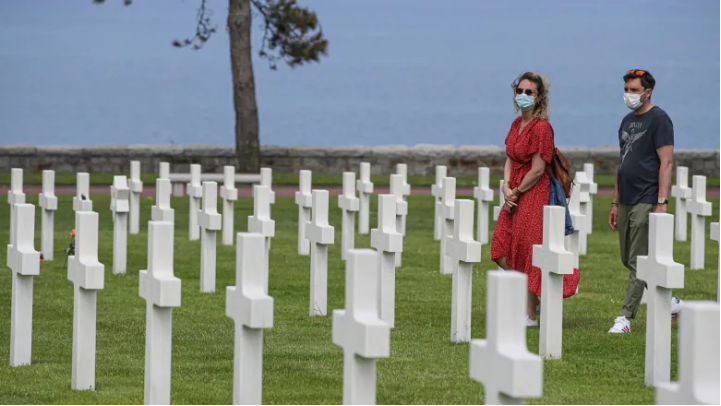
Tourists visit a cemetery in Colleville-sur-Mer, Normandy (France)
According to Wikipedia , in the Sahara, for Muslim cemeteries, all graves face the desert, perpendicular to Mecca, a city located on the western edge of present-day Saudi Arabia. Facing Mecca (or Makkah) is the direction of the birthplace of the Prophet Muhammad, the center of the development of Islamic faith and practice.
In ancient cultures, such as Chaldea, a state in Mesopotamia from around the 10th century BC, tombs were placed in several different positions, with the deceased's arms crossed in an "X" shape (symbolizing their sky god). Later ancient Egyptian gods and royalty, from around 3,500 BC, also lay in the crossed-arms position, and depending on the dynasty, mummies had their arms crossed in higher or lower positions.
Burial position
Typically, the body is laid flat, with the arms and legs straight or crossed over the chest, the eyes closed, and the mouth closed. The legs may be extended in a supine or prone position. However, in some cultures, face-down burial is a clear sign of disrespect, such as the Sioux, Native American and North American tribes. However, there are also tribes that place the body in a flexed position, with the legs bent or folded over the body. Warriors in some ancient societies often buried their dead upright.
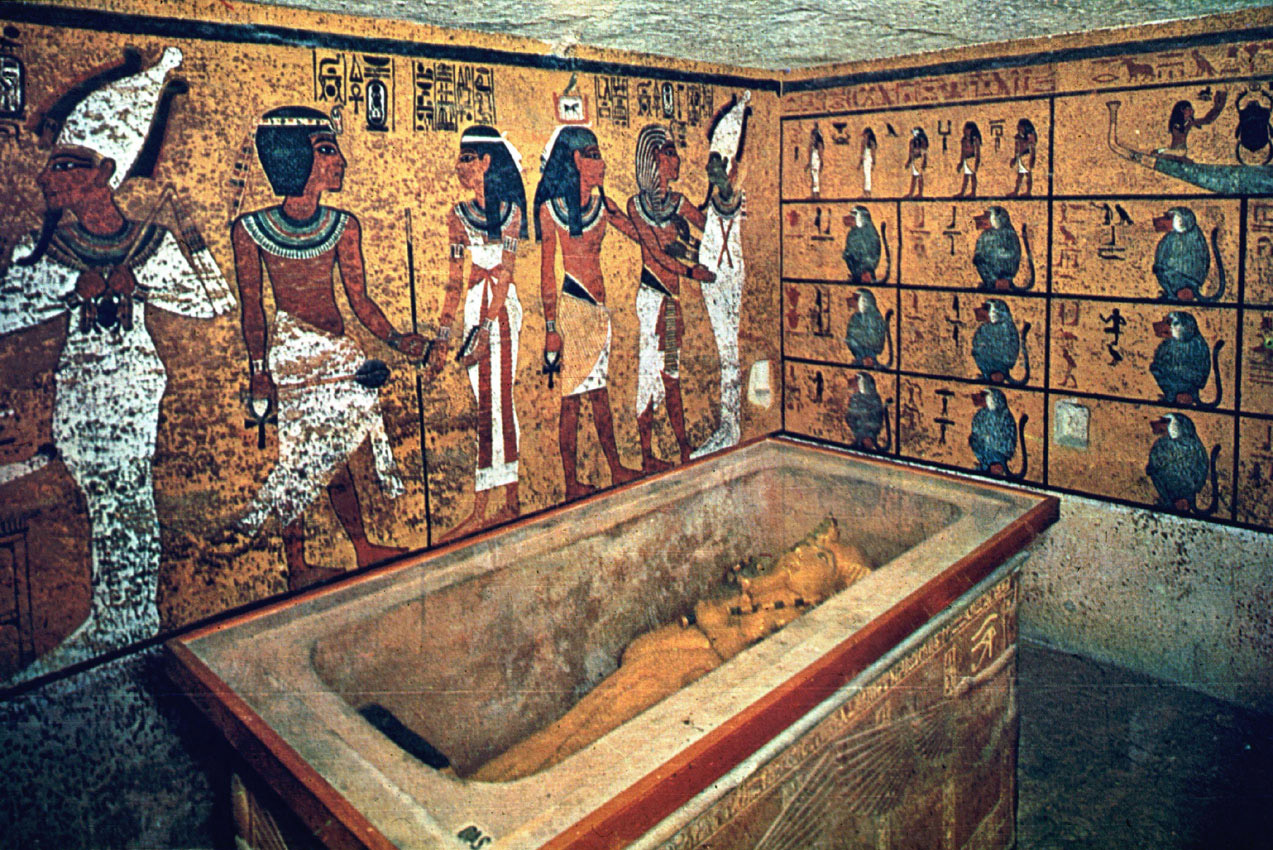
Room in the tomb of King Tutankhamun, Luxor, Egypt
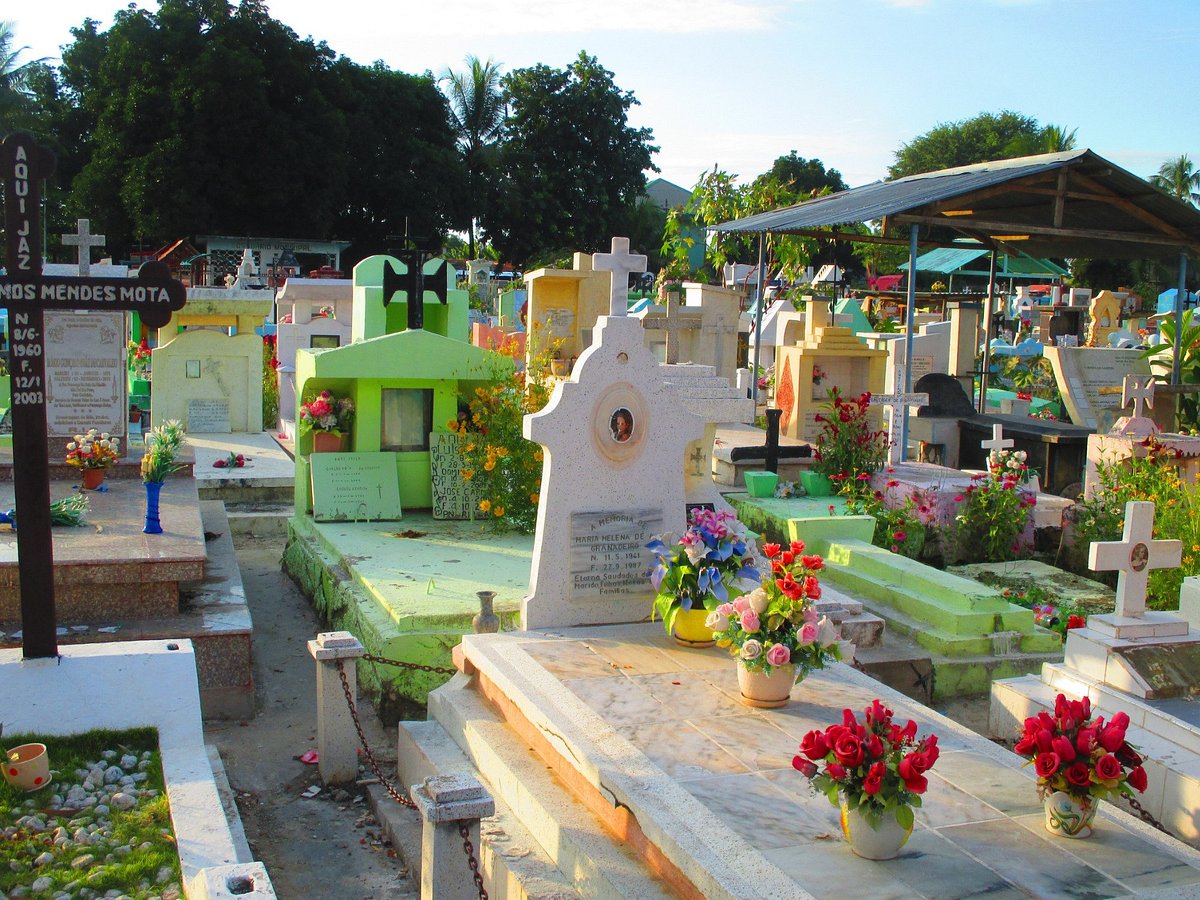
A cemetery in Goa Velha, India
In Islam, the body is laid out on its back, with the arms at its sides, the head turned to the right, facing the mosque in Mecca. Christians bury their dead in an east-west orientation, with the head facing west. This mirrors the layout of Christian churches, and for the same reason; to see the coming of Christ on the day of judgment (Eschaton). In many Christian traditions, ordained clergy are buried upside down, with their coffins facing the same direction, so that they can rise at Easter, ready to serve their people.
For humans, maintaining an upright, upside-down position with the head down and the feet up for a long period of time is very uncomfortable, so such burials are considered abnormal, as opposed to resting. Generally, only murderers or suicides are buried upside down, as a post-mortem punishment. This is similar to burials at crossroads, which are intended to inhibit the activity of the undead.
In non-standard burial practices, such as mass burials, bodies may be positioned arbitrarily. This may be a sign of disrespect for the deceased, or at least inhuman indifference, or due to considerations of time and space when burying.
Burial directions in Vietnam
There are many forms of burial in our country, depending on regional culture, ethnic groups and religions. Usually, the direction of the tombstone is under the feet of the deceased. In terms of feng shui, experts say that the direction of burial of the deceased is often based on age, destiny, and feng shui.
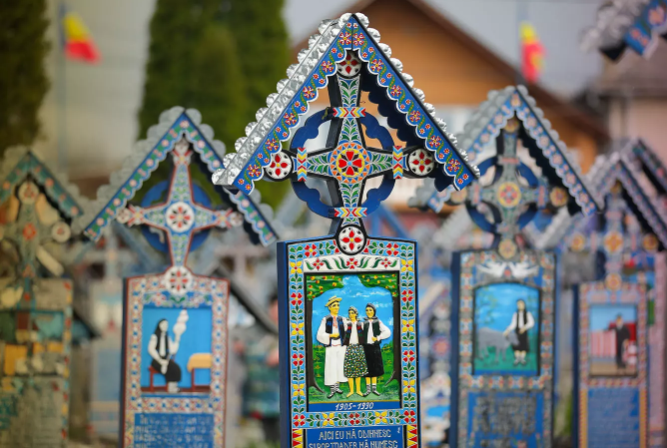
Vividly painted wooden tombstones at Merry Cemetery, a famous landmark in Sapanta, Romania
Sebastian (stock.adobe.com)
For example, in some places, custom dictates that deceased people born in the years of Than, Ty, Thin should choose the East and West (good directions), while the South is a bad direction; deceased people born in the years of Ty, Dau, Suu should choose the South and North (good directions), while the East is a bad direction. Deceased people belonging to the West Four Destiny should choose the West, Southwest, North, Northeast (belonging to the West Four Houses direction), if belonging to the East Four Destiny, they should choose the North, East, Southeast, South (belonging to the East Four Houses direction)...
Source link


![[Photo] Many dykes in Bac Ninh were eroded after the circulation of storm No. 11](https://vphoto.vietnam.vn/thumb/1200x675/vietnam/resource/IMAGE/2025/10/15/1760537802647_1-7384-jpg.webp)

![[Photo] Conference of the Government Party Committee Standing Committee and the National Assembly Party Committee Standing Committee on the 10th Session, 15th National Assembly](https://vphoto.vietnam.vn/thumb/1200x675/vietnam/resource/IMAGE/2025/10/15/1760543205375_dsc-7128-jpg.webp)
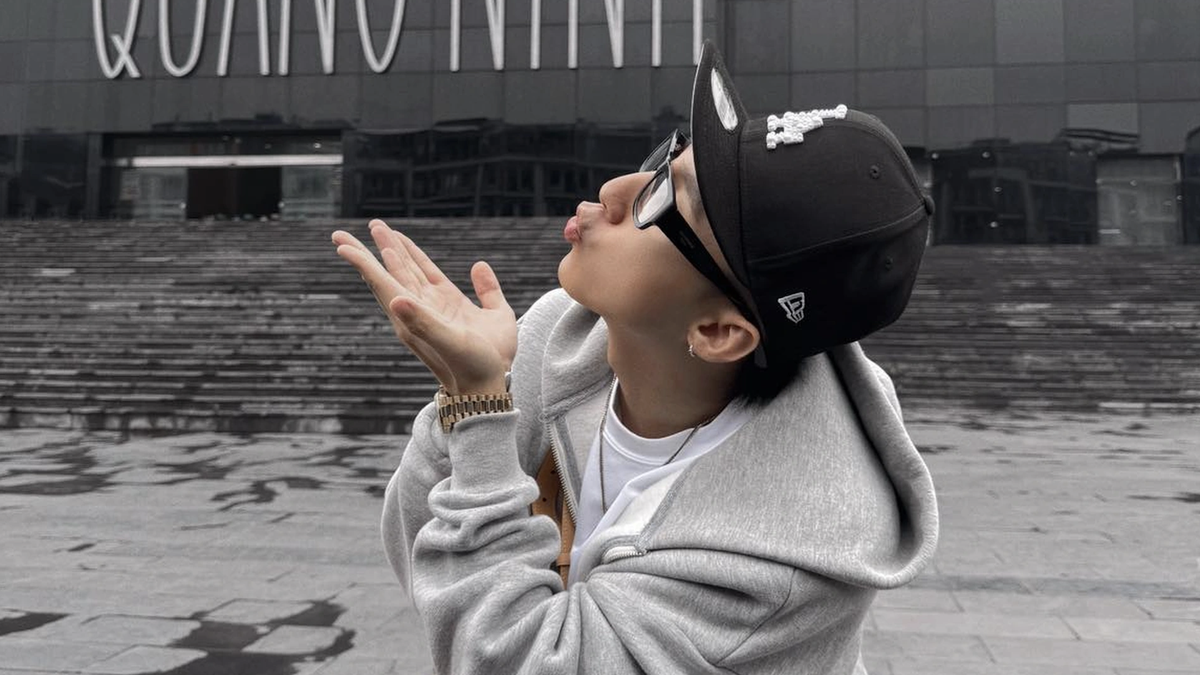
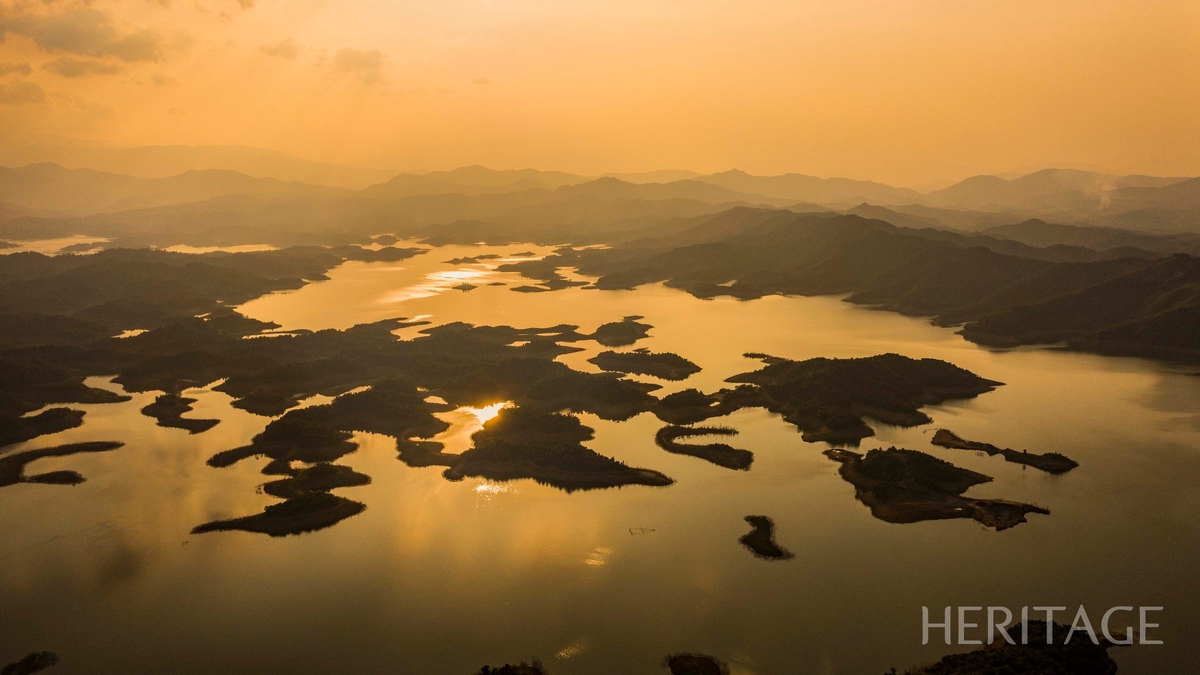
![[Photo] General Secretary To Lam attends the 18th Hanoi Party Congress, term 2025-2030](https://vphoto.vietnam.vn/thumb/1200x675/vietnam/resource/IMAGE/2025/10/16/1760581023342_cover-0367-jpg.webp)
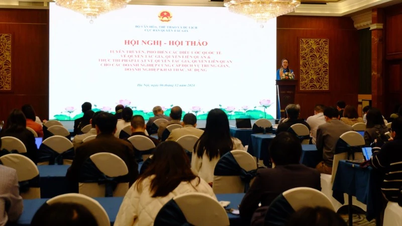

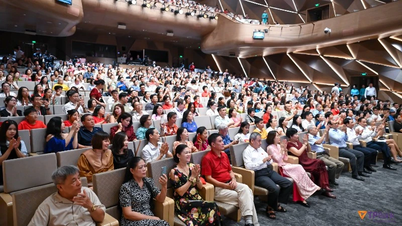
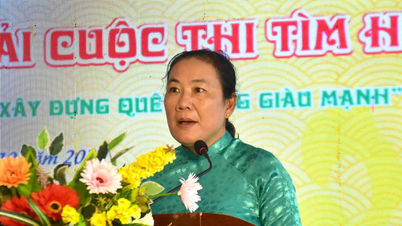

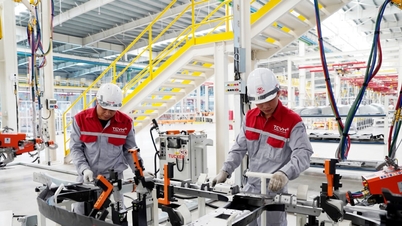


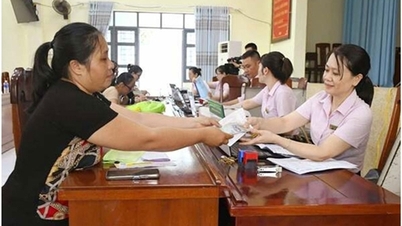





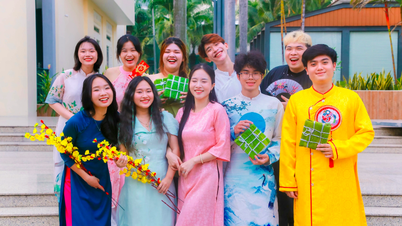

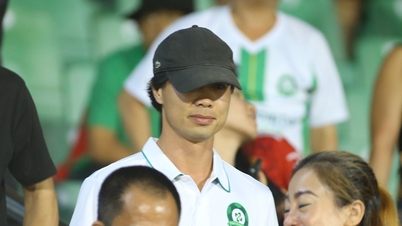
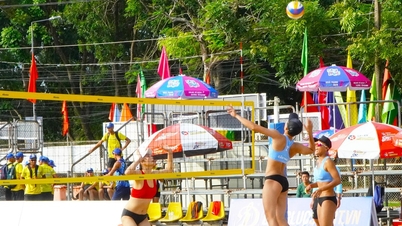




![[Video] TripAdvisor honors many famous attractions of Ninh Binh](https://vphoto.vietnam.vn/thumb/402x226/vietnam/resource/IMAGE/2025/10/16/1760574721908_vinh-danh-ninh-binh-7368-jpg.webp)
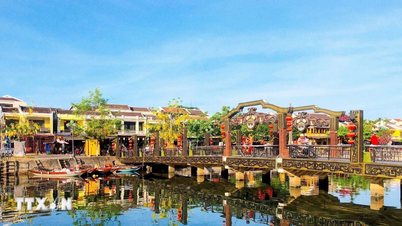

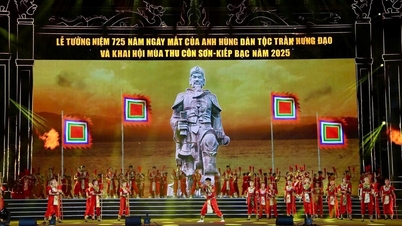

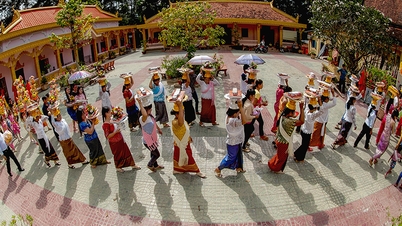

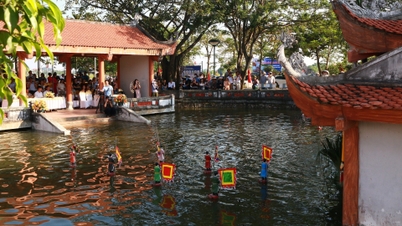


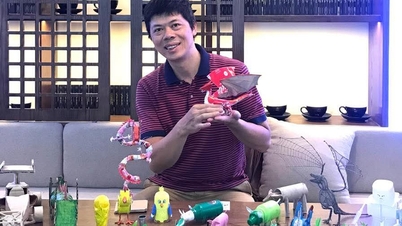

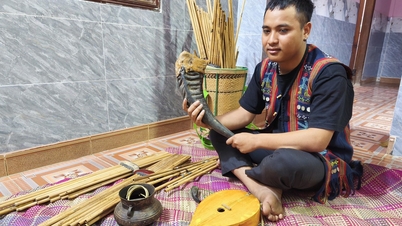
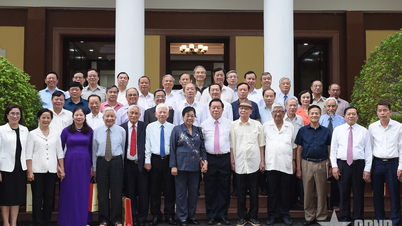

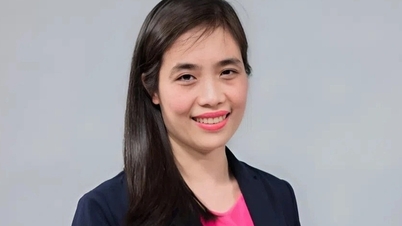
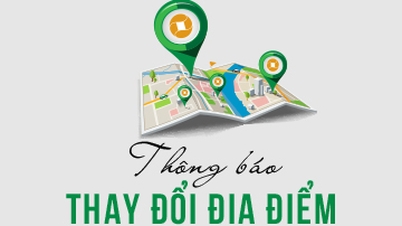


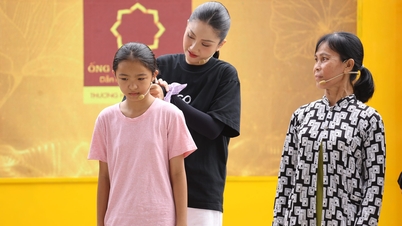


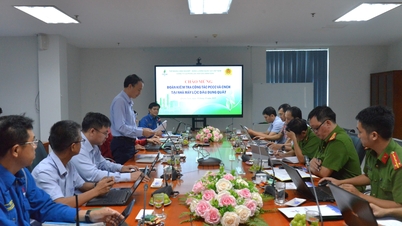




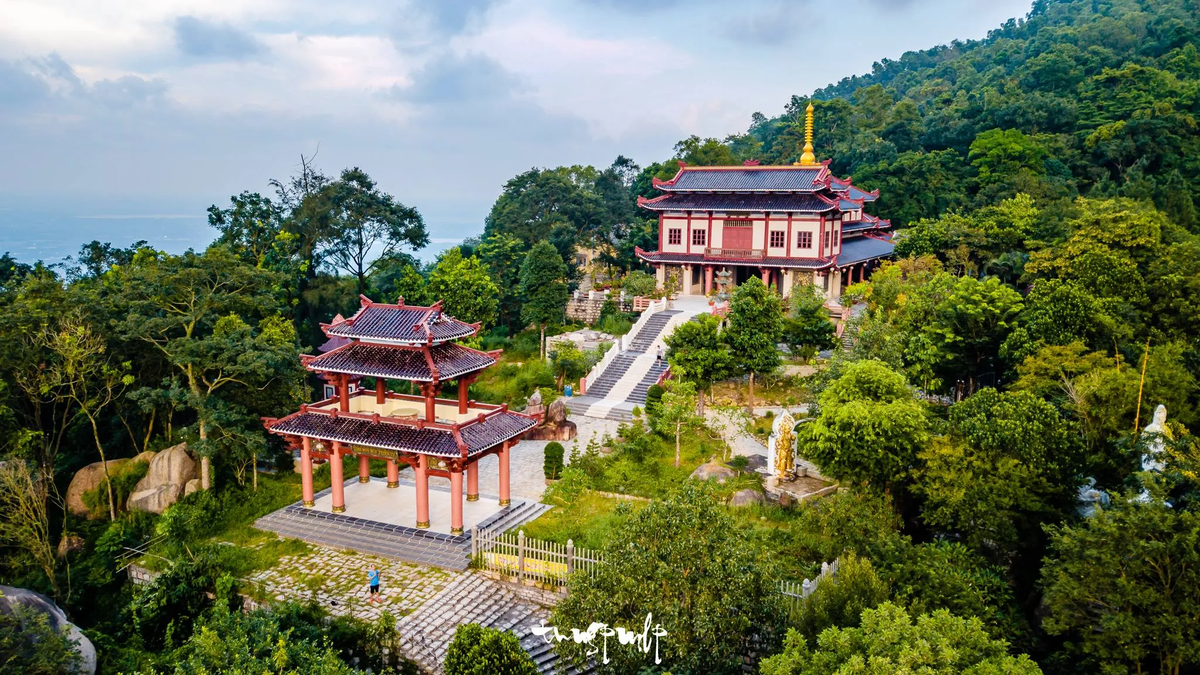
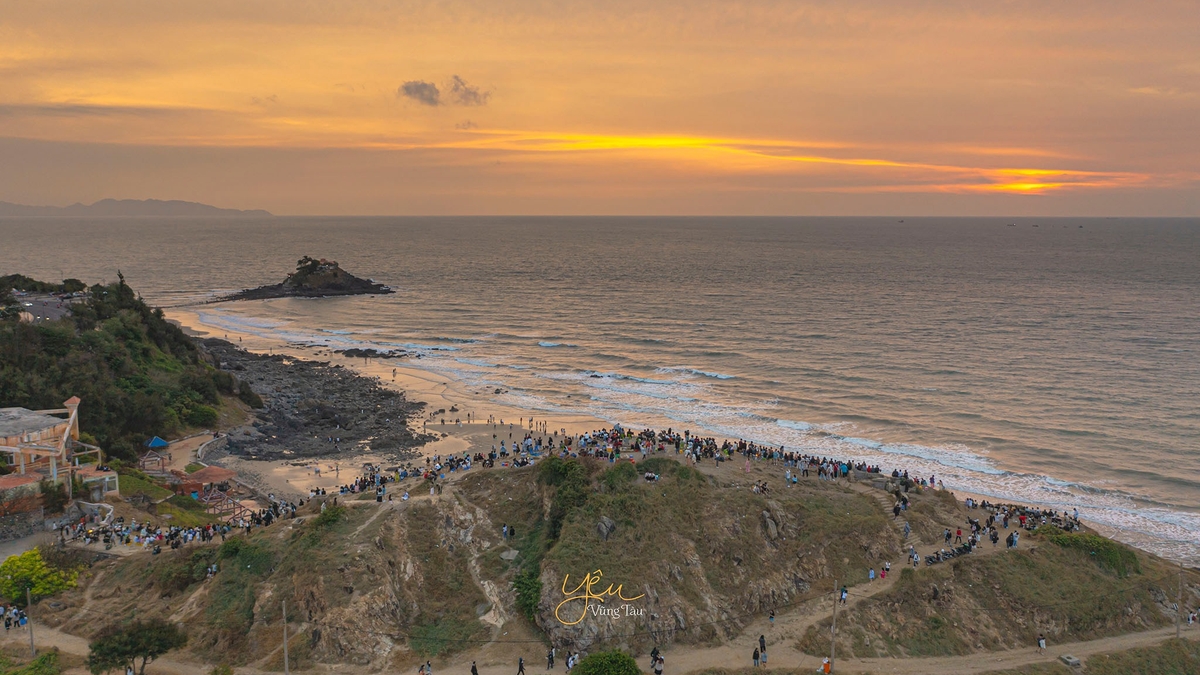
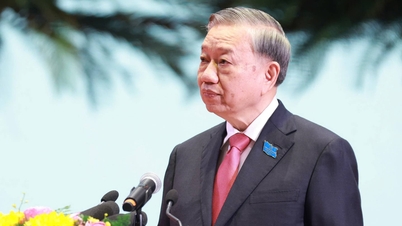


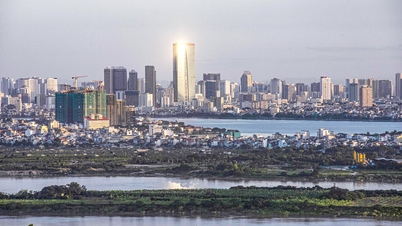
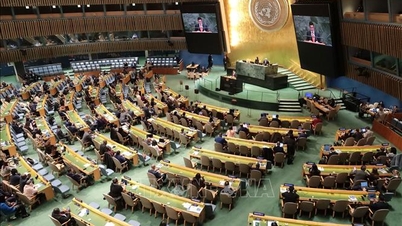

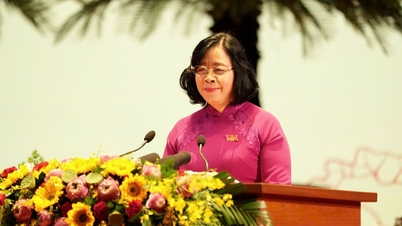

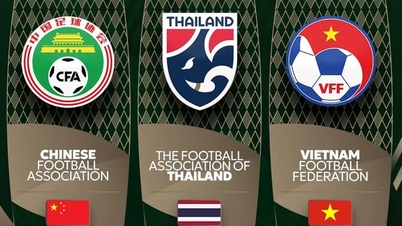

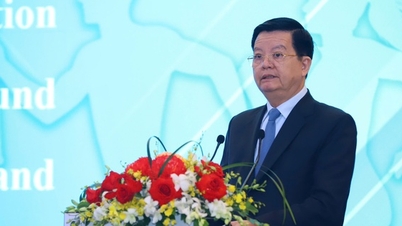


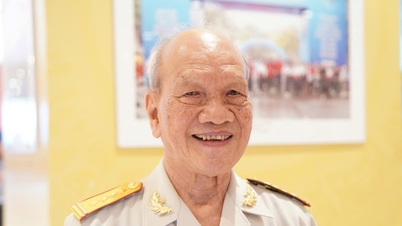

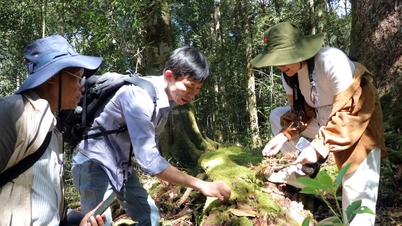




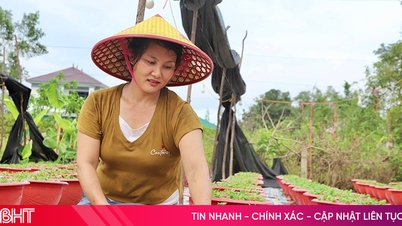

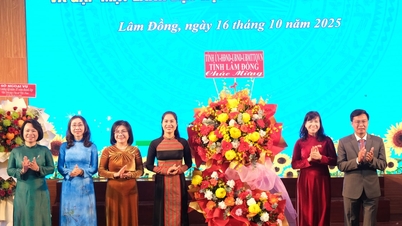


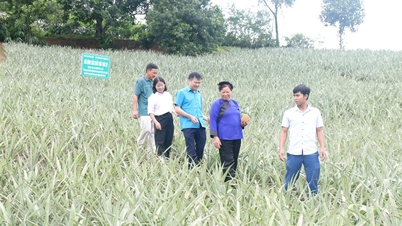



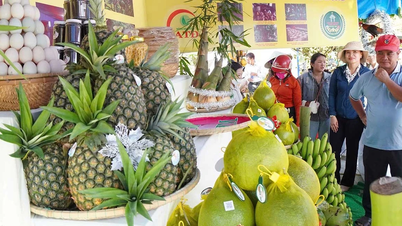

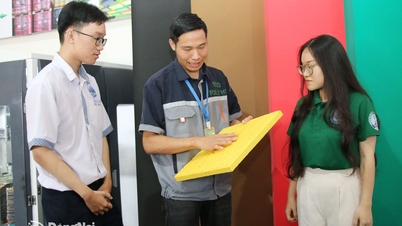








Comment (0)